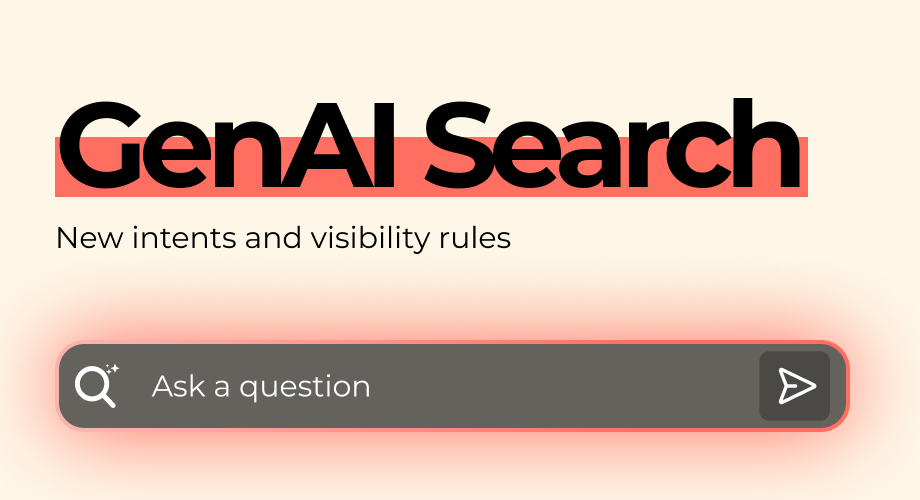What to choose: self-service or managed advertising service?
Digital advertising became popular and its rating is rising. When you are a marketer you have a range of options of programmatic advertising that could help you to organize your advertising campaign. There are two primary offerings allowed in establishing your strategy. At first it’s important to decide what to grab: self-service or managed service solution? What integration strategy fits you most? What are the differences between these two options? While these two solutions are convenient, they address different needs. So the Ad Tech industry provides publishers with different options and we are going to clear it up!

What is Self-Service Platform
In recent years many companies started creating their own marketing strategies and teams, who manage all the inventory and advertising processes in-house. These strategies imply establishing a self-service platform that will meet the needs of a brand in programmatic media advertising. So it allows you to organize all or some of your programmatic activities by yourself. Here you can avoid the middlemen and coordinate all the processes by yourself.
Choosing a self-service advertising platform solution allows advertisers to have direct access to their campaigns. They are able to have a real-time tracking in order to react to all the possible mistakes or changes rapidly. Also this solution is absolutely transparent because of a high degree of control over the processes, purchase targeted traffic, so advertisers have full control over budget, traffic performance and CPA targets. There is no black-box component here, where you would otherwise have to simply trust the solution maker to make good decisions and to track honest numbers.
In-house execution of everything allows you to save time. When all that you need is next to you it’s significantly cutting down on turnaround times. And it reduces the cost of digital advertising campaign, for sure.
But if you are searching for ready-made solutions and want to delegate some marketing processes, have no time to work with traffic optimisation, this solution is definitely not for you.
Self-Service. The Pros & Cons
As you can see self-service solution is not for everyone. But we are going to speak about its advantages and disadvantages in some detail in order to help you to understand if this could satisfy your brand.
Main pros of a self-service platform are:
- Hands-on management of settings. You have direct access to your platform. That’s why you can optimize specific platforms on your own terms.
- Transparency. As we have said before, high level of transparency allows you not to simply trust somebody else, but control all the details by yourself. Access to real-time data that is provided by the self-service solution allows you to understand how specific SSPs are performing. Moreover, if you have the opportunity to use your own accounts, you get all the analytics directly and it will be exactly true.
- The opportunity of optimizing costs. It is not free, as the company who develops and maintains it on an ongoing basis will be drawing fees, but self-service platforms seem to be cheaper than managed service, which is understandable because some of the effort and the work remain on the side of the buyer.
What about drawbacks? There are some cons of choosing the self-service solution that could become determining factors not to take this way into your campaign. We are going to mention them below:
- You can’t set it and forget it. You have to do much additional work and have at least the base of necessary knowledge to handle the required management. Also, not to mention, you may simply lack the in-house capabilities.
- High costs of internal maintenance. You need to hire mediabuyers or train your affiliate managers to work with traffic optimisation. Here you only need to count all the fees and to decide what will be more reasonable. Sometimes it is much easier to delegate this part of the work to Managed service provider.
What is Managed Advertising Service
If you are not willing to learn all the terminology to run your digital advertising campaign the Managed Service solution is totally for you. When digital advertising is fully managed by an outside source, you can get rid of additional duties and be concentrated on the main processes.
So if you don’t know how to buy programmatic advertising or just don’t want to be aware of it the good idea is to run a campaign through a fully-managed advertising platform.
Actually, many advertising agencies and direct advertisers choose a managed service because they understand that it is something to delegate. While integration with partners and applications is critically important, it is not a strategic differentiator.
If you don’t have enough time or recourses to start your in-house programmatic advertising, you have an opportunity to run a campaign with a help of the managed adplatform’s media strategists.
Who will manage my programmatic advertising? Managed services may be provided by marketing agencies and mobile advertising companies that will fully manage all the processes, for instance, upload something you need, make optimizations or analyze the information and send you data reports.
Managed Advertising. The Pros & Cons
Let’s see what the main advantages of the Managed service solution are:
- No additional work. As you can understand you may exempt yourself and your employees of additional duties in order not to manage the campaign by yourself.
- No further training. You don’t need to teach your employees how to manage the campaign or to learn some special terminology. All of the knowledge that is needed here, the provider has already have.
- No new staff members. If you don’t have team of media buyers, you don’t need to hire them. All the professionals are already there to help you with your campaign. Their knowledge, experience and recommendations definitely may help you to optimize performance with better converting traffic and avoid the mistakes and looses associated with the learning curves and trial periods typical for building in-house strategies.
- Convenience. Your task is only to plug the tags into your ad server and the page head, and let other company take care of the rest.
The disadvantages are ahead, be ready to weigh the pros and cons:
- Minimum fees. One of the biggest things to consider with a managed service is that there will be excessive fees. They are often called the Ad Tech Tax. Usually a provider will charge you a percentage of the acquired net revenue, but there may be another variant such as a CPM-based charge that depends on the scale of impressions which goes through the tool.
- Lack of transparency. Opposite to self-service solution, here all the programmatic advertising processes are outsourced. That’s why all the settings will be also managed. You will not have a direct access to data and will not have the opportunity to analyze numbers straight from the ad platforms. The firm that you would choose will provide you a report that may not give you a whole picture of the reality.
- Time lags in decision making - if you need to stop your ad campaign at weekend it may be difficult.
Decision Factors For Advertiser
Programmatic advertising is a future, whether it will be done through a managed service or a self-service platform. In order to decide which type is best for your business you have to choose the way you will organize your campaign.
Just like in many other business decisions, companies need to evaluate whether having an in-house solution for integration or using a managed service will be appropriate for their long-term integration strategy.
At first, it is important to analyze costs. Only pure financial analysis can show you what the more affordable strategy is.
Realizing the degree of control that you need to have through all the processes that are connected with the advertising campaign will help you to find your best solution. Often using a managed service means like taking the hands off the steering wheel.
The next decision factor will be about the SLAs. Usually, it’s generally accepted, that in-house SLAs are more beneficial to the business than those offered by service providers.
Speaking about the self-service advertising solution, you need to take into account some downsides that organization must effectively manage. For instance, you need to understand that integration requires a specialized skill set, which is provided by a specialized team. In spite of availability of IT department in your company, these services don’t fit traditional teams of application development, desktop or infrastructure. The integration team will be responsible for connecting applications, data and business partners, utilizing tools for solving all the possible integration challenges. Often it is really difficult and expensive to organize all the things for integration center, at least recruiting for the diverse skill set needed.
Then your internal response times to operational issues should be quite high. For example, if a managed service misses a response-time SLA, your organization has contractual leverage that may include financial penalties. On the other hand, if it’s a fault of your internal team, the repercussions are more limited.
To end it up, there is no strategy that fits all the companies. You need to analyze what is working for you today and what will be working during your long-term strategy. Being responsive for changes, monitoring the trends, thinking straight about the recourses of your organization will help you to choose the optimal model for your digital advertising strategy in the years to come. Whatever you choose, in AdOperator.com, our professional team of mediabuyers, affiliate managers, sales specialists will be pleased to provide you our solutions or assist you buying high converting traffic.


